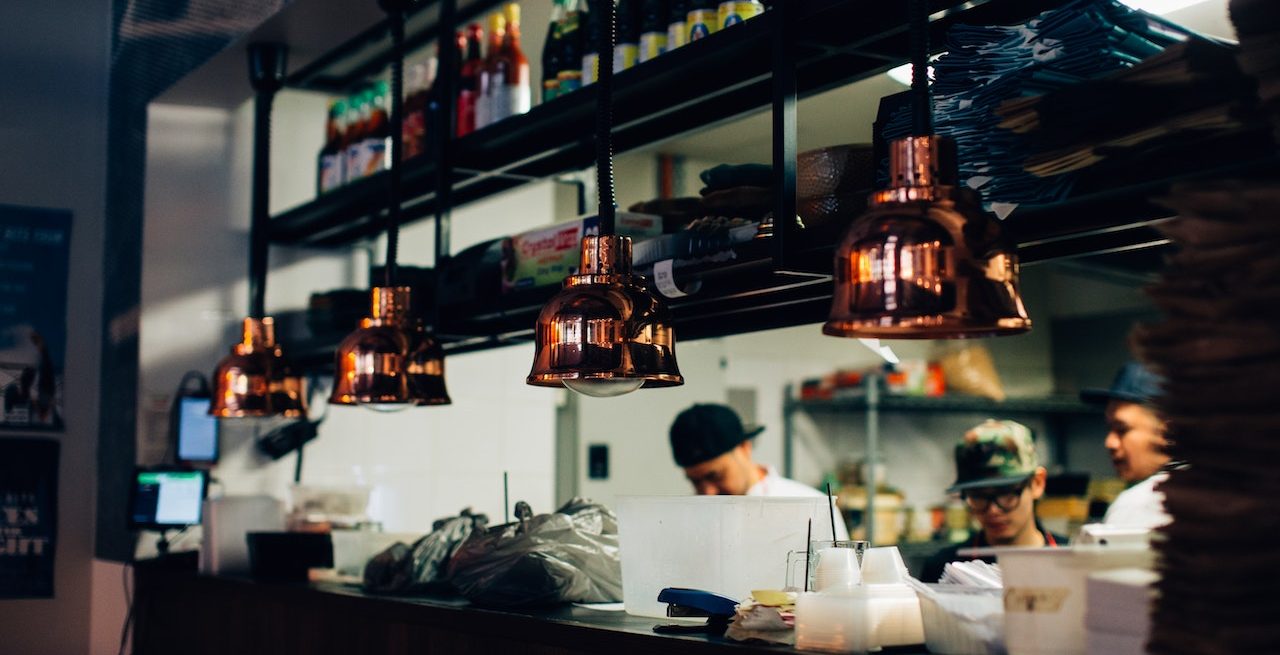Why Manual Workforce Management Processes Should be a Thing of the Past for Restaurant Owners
3 Min Read By Michael Spataro
Scheduling employees is one of the most time-intensive tasks for restaurant managers. They often have to rely on historical data to forecast customer demand, and typically can’t take into account the impact of weather and other local events on demand. Additionally, they have to remember how this demand aligns with employee skills and availability, before they begin creating shift schedules – often using pen and paper or an Excel spreadsheet.
The ongoing volatility of customer behavior coupled with manual schedule development creates headaches for managers, especially with ongoing staffing shortages. To solve this problem, restaurants should look to the latest AI-powered workforce management (WFM) platforms that allow them to accurately forecast customer demand and easily generate automated and optimized schedules, and ensure they have the correct amount of workers for any given shift.
The Impact of Understaffing
According to a recent study conducted by Legion Technologies, 87 percent of managers were stressed or more stressed about staffing than they were in 2021. For restaurants, staffing shortages have proven to have adverse effects on the business’s bottom line. For example, if a customer goes to a restaurant and notices there aren’t enough people to help them or if the wait time is too long, they’re more likely to leave. The same is possible if a restaurant’s servers are too busy to tend to their tables due to high traffic.
While some restaurants may think they are saving money by understaffing, they are really missing out on far more customers by not having the appropriate number of employees to serve patrons at any given time.
To ensure they have the appropriate number of employees, restaurant owners should adopt a WFM platform that enables intelligent automation to accurately predict customer demand, including the impact of local events and weather, and then create optimized schedules. By creating schedules that automatically align available employees with projected demand, these solutions mitigate (and in most cases, eliminate) the risk of understaffing, resulting in a far more enjoyable experience for restaurant goers.
Matching Business and Employee Needs
According to the aforementioned survey, 70 percent of managers said the hardest thing about creating schedules is “matching employee preferences and availability with the needs of the business.”
Oftentimes restaurant employees have alternative priorities like school or even a second job. Because employee availability is volatile and prone to change with limited notice, it becomes more difficult to create and manage schedules that successfully match employees’ needs with the needs of the business. By implementing a WFM platform that delivers demand forecasting and automated scheduling, restaurants can simplify the time-consuming, complex tasks of scheduling to apply labor only where it is needed.
Modern WFM platforms remove the pressure of creating schedules and relying on gut instinct when staffing shifts. These modern scheduling solutions give managers back the time they are spending on creating schedules, while simultaneously giving employees the opportunity to have the flexibility they desire.
Improving the Customer and Employee Experience
AI-powered WFM platforms ensure that employees’ need for flexibility is met without the need for human intervention; all the while still giving managers the power to adjust schedules to account for last-minute changes as needed. These platforms deliver intelligent automation that will automatically assign shifts based on employees’ availability and preferences. They can also take into account a person’s role in the restaurant to ensure the appropriate people are scheduled to work during peak times.
Next-generation WFM platforms are also equipped with modern communication tools that allow employees to communicate with each other and managers, enabling them to easily swap shifts across multiple locations. Giving employees more power over their schedules will improve their experience and overall engagement at work. When employees are happy it leads to customer experiences that will keep customers coming back.
Restaurants that will survive the ongoing labor shortage will do so because they’ve optimized their labor operations, leveraging workforce management technologies that deliver intelligent automation to maximize labor efficiency and employee engagement simultaneously.


